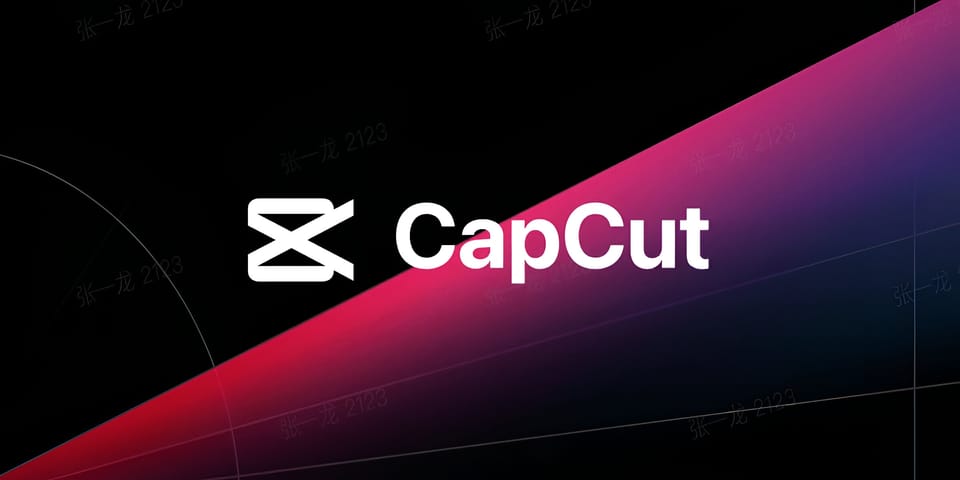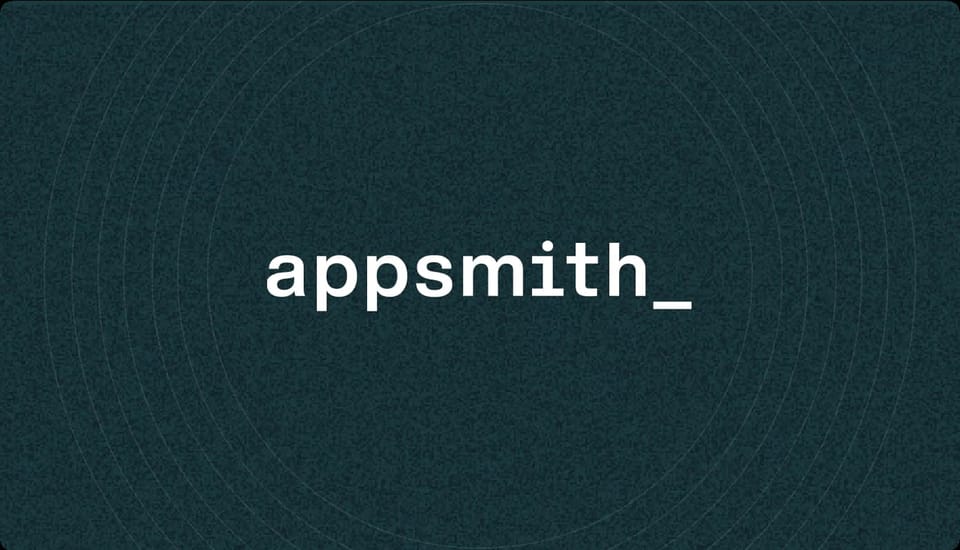Perplexity AI and the Rise of AI-Powered Journalism
Perplexity AI is revolutionizing journalism! Automating fact-checking, generating news articles, and analyzing data to uncover hidden stories. The future of news is here!

The news industry itself is being revolutionized on the tool that researches stories, writing them, and sharing the same.
With advanced levels of language models, the promise that Perplexity AI makes with real-time access to its large-scale databases and the kind of speed at which new information can be developed is to make journalists more efficient.
While from traditional intuitive human storytelling through this new AI-supported collaboration that has proven irreplaceable, the alteration in enhancing the accuracy and expansiveness of coverage has been welcome.
But evolution comes with important questions: ethical questions, authentic questions, and, deeply profound for journalists, humanly accountable questions.
Could this herald a new golden age in journalism-human imagination married to an AI exactness?
The Current State of Journalism

Journalism is at a crossroads: it has to navigate the rapidly changing media landscape of digital transformation and instant information.
Today, traditional newsrooms, which are supposed to be the keepers of global narratives, now compete with online platforms, citizen reporters, and the insatiable 24/7 news cycle.
Polarized reporting and misinformation have sapped public trust even more, requiring greater transparency and accountability.
Despite all these challenges, the heart of journalism- informing, educating, and keeping power accountable-is alive and kicking.
The latest innovation-the artificial intelligence-will eventually take over in helping carry out this mission: through deeper data analysis, fact-checking speed, and the personalization of content. But at the core of it all is still the human's innate curiosity, integrity, and ability to tell stories.
The industry, thus, is finding new ways in adaptation by putting together tradition with the best in a modern tool for wider communication and upholding its cornerstone as the pillar of informing societies.
How Perplexity AI Can Revolutionize Journalism

Perplexity AI represents the future step in journalism evolution. The system is capable of processing large volumes of information in seconds, affording journalists the privilege of having adequate time for researching and trend analysis and even glancing into the unknown information and insight.
It makes simple complex processes like checking sources, crosschecking data, and finding patterns; thus, journalists have space to pen great stories.
Besides all this, Perplexity AI is of great value since it makes dense information accessible to a broader audience and even the most complex issues clearer.
It really streamlines newsroom operations toward delivering stories quicker since it can generate content ideas or summarize reports.
Yet responsibility accompanies this revolution. Bias detection and human oversight become ethical concerns.
Wisely used, Perplexity AI can supplement journalistic know-how to make technology supportive of a future that does well for the integrity and power of news reporting.
Ethical Considerations and Challenges

With Perplexity AI and other tools redrafting the journalism of our future, it brings some wonderful opportunities with tough ethical issues that arise from this.
There's an important question of whether these AI systems might perpetuate all the misinformation or bias that they were trained on, and that can be a more critical challenge because these efficiency-enhancing tools raise questions about authenticity and water down human judgment beyond words.
This challenge is on grounds of accountability. In the event of an error or ethical transgressions caused by using AI, who is actually to be blamed: the journalist or the algorithm?
Such requires high transparency of the operation of an AI tool and a source while remaining trusted.
There is also the loss of the human feel to reporting. Journalism lives on the human element of empathy, background, and subtlety of understanding that no machine will ever replace.
While AI is additional to journalists, there is an even greater demand for codes of ethics and strict controls so that technology serves rather than sabotages truth and integrity.
The Future of AI-Powered Journalism

Indeed, journalism will never be the same again with the invention of these AI-powered tools.
There is a new era unfolding, promising to make this industry ever more dynamic and responsive for journalists empowered to tap the potentials of AI in telling a different story that had not previously been told, analyzing complex data and faster yet precise reporting. End.
Yet this future will only arrive thoughtfully integrated. It'll be the collaboration between journalists and technologists that creates tools that consider ethics, transparency, and accuracy in their design.
AI will create a level playing field because it could democratize access to information so small newsrooms, independent reporters can compete even with large news outfits.
At its core, though, journalism will always be human. Instinct, empathy, and judgment on the part of reporters will remain priceless and define reporting power of AI.
It's thus technology combined with human know-how awaiting a much more diverse, enlightened, and inclusive media.



